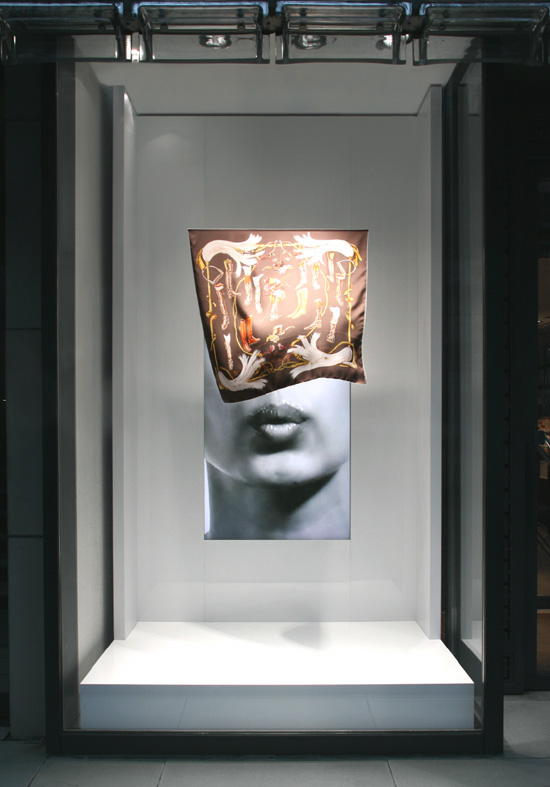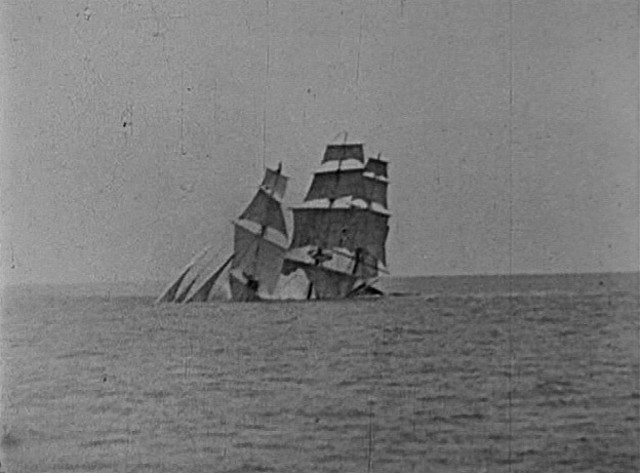EFFEMINACY - Kah Bee Chow

With various cylindrical forms and structures covered in carpet it really is a cat-scratching haven. Or a Grecian-meets-Babylonian themed cat café, at the very least.
I noticed your walk changed as you went through the show. The layout, the scattering of objects across floors, strategically placed to dictate movement, forced the viewer to alter their gait to a delicate prowl. Almost like dance steps. One, step, two steps, pivot, crouch down to examine a video or an ikebana oasis, and up again. Repeat. You could almost feel rather cat-like yourself.
In her own words:
"When I was four years old, I came across a pack of crayons on the new lounge suite in the living room. I started testing out what the crayons could do and I learned I could leave markings on the textured upholstery of the sofa; a revelatory assignment. So I got to work that afternoon, I worked hard, attacking the surface with manic and more manic scribblings. I worked to colonize this expansive territory, smearing waxy residue over the entire set of furniture. I would use up one crayon, move onto another and another. It was exhilarating work. I had found my calling.
When my father returned home from work, I don’t recall what happened immediately after – but suffice to say, I didn’t anticipate the response that would come. At some point, I was placed outside the House. I clutched onto the grill of the gate outside our home, wailing like the banished offspring of an all-powerful God.
When I was finally allowed back into our house, I remember my father’s back turned towards me. He didn’t have a shirt on, he was on his knees, sweating profusely, scrubbing the sofa with his life."
and
"I channel the savages when I eat watermelons. Oranges also. They taste better when your teeth tear the flesh off the rind; puncturing the sacs so the juices run and collect into a pool inside your mouth. It doesn’t work with a mediocre orange. I once read: “We love beauty within the limits of political judgment, and we philosophize without the barbarian vice of effeminacy."
Barbarian vice of effeminacy: imagine this paradoxical compatibility.
Effeminacy pours from an excess of refinement not reined in by a soundness of thinking; it rings of aristocratic overkill, a persistent, eternal infantilism afforded by privilege. How does the barbarian; the cannibal fall for the effeminate? Where do they even meet? I could not draw a line around a territory, not because one belongs on the outside and the other within, but because they operate as a kind of corrupting impulse; their shared lack of restraint comes to surface but eludes arrest. They don’t meet up for coffee and they don’t scope out each other’s Facebook profiles; they are criminals on the run, they go chasing waterfalls."
Facade
Designer Tokujin Yashioka created this window display for Maison Hermès for the winter of 2009. A black and white video of a closely cropped woman's face as she gently exhales - while a hanging Hermès scarf billows in sync with the imaginary air, due to a stealthily concealed fan.
A wonderful illsion of life and movement which shifts the focus from the fabricated nature commonly associated with the silver screen, into a new semblance of reality; perhaps a literal, physical manifestation of the idea of 'breathing new life' into something.
in fact, according to the man himself:
"on designing a window-display of Maison Hermès, I intended to express people’s daily 'movements'
with a suspicion of humor. there are moments when I perceive a hidden presence of a person in
the movements born naturally in daily life. I created a design where one can perceive someone
behind the scarves as if life were being breathed into them.
the window is designed with an image of woman projected on to a monitor. the scarf softly sways
in the air in response to the woman’s blow."
I am always impressed by how as colloquialism, pun or play on words can, instead of just being a one-trick pony, manifest itself into a multi-faceted, layered work. This idea is something I aspire to achieve with my own work and my own incorporation of wordplay therein.
quote via
Light Thickens
Yasujiro Ozu
The Only Son
1936
Tacita Dean
Disappearance at Sea
1996
- For many, Donald Crowhurst is just a cheat who abused the sacred unwrittens of good sportsmanship. But for some, it is more complicated than this and he is seen as much a victim of the Golden Globe as the pursuer of it. His story is about human failing, about pitching his sanity against the sea, where there is no human presence or support system on which to hang a tortured psychological state. His was a world of acute solitude, filled with the ramblings of a troubled mind.
Tacita Dean, 1997
The film Disappearance at Sea is part of a series of Tacita Dean's works under the same name focusing on Donald Crowhurst and the Teignmouth Electron, and the effect the sea had upon his mind.
The Only Son was Ozu's first talkie - exploring the mother/son relationship, and perhaps also the idea of 'big fish in a small pond' and vice versa. Ryosuke moves from a small town to Tokyo with his tutor, to continue his education, but both are small pebbles cast into the swelling sea of people in Tokyo, and their efforts result in little success, Ryosuke teaching in a unremarkable night school, and renting cheap shabby rooms for his wife and child, and his tutor now running a tonkatsu restaurant in the lonely outskirts of the city.
At Sea
Clinton Watkins
Cont Ship #1
2005
Joseph Cornell
Jack's Dream
c. late 1930's

The abandoned Teignmouth Electron is discovered: Donald Crowhurst's trimaran in which he attempted the Golden Globe Race, that would result in his eventual insanity and suicide.
via, via, via
The image from Jack's Dream by Joseph Cornell comes from a fascinating blog by the name of the art of memory, in particular a collection of atmospheric imagery of the ocean, film stills featuring the sea, illustrations of ships, fog lights and horns, misty rigging and alongside paintings and photographic works of waves. I stumbled across it looking for film stills from L'avventura (Antonioni, 1960).
My interest in islands and the sea grows continuously. Ships are, in a way, similar to moving islands. So much mystery surrounds both, and both can maintain an almost continuous isolation as long as one is deprived of the other.










